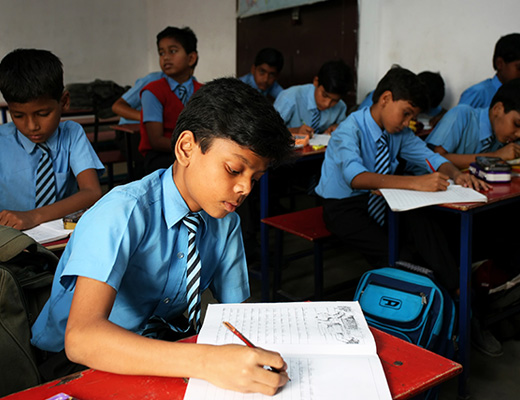India’s ambitious target under the National Education Policy (NEP) 2020 aims to increase the Gross Enrollment Ratio (GER) in higher bateryapp-in education to 50% by 2035. However, recent reports reveal a massive challenge: the country will need 86 million additional seats to accommodate this surge in demand. Currently, India has around 40 million students enrolled in higher education, but projections show that number could double in the next decade if the NEP goals are to be met. This puts immense pressure on universities, both public and private, to expand infrastructure, faculty, and resources at a scale never seen before.
Experts argue that simply building more campuses will not be enough. The system must undergo structural and pedagogical reforms, integrating employability, digital literacy, and industry partnerships into academic programs. Without such reforms, the risk is that quantity will increase at the cost of quality. Already, top institutions like the University of Delhi and Jawaharlal Nehru University face capacity challenges, and private universities such as Ashoka University report rising student-to-faculty ratios that could impact learning outcomes.
Technological disruptions further complicate the scenario. Online education, blended learning models, and AI-driven teaching tools are emerging as potential solutions, but adoption remains uneven across the country. Governance issues, bureaucratic delays, and regional disparities also pose serious obstacles. Analysts suggest that public-private partnerships, innovative institutional models, and flexible accreditation policies will be key to meeting the NEP 2035 objectives.
If India succeeds, it could create a world-class higher education ecosystem capable of producing highly skilled graduates, fostering research, and driving economic growth. Failure, however, may leave millions of students with insufficient opportunities, undermining the policy’s goals and widening inequality. The coming decade will be a decisive period for India’s higher education landscape.
